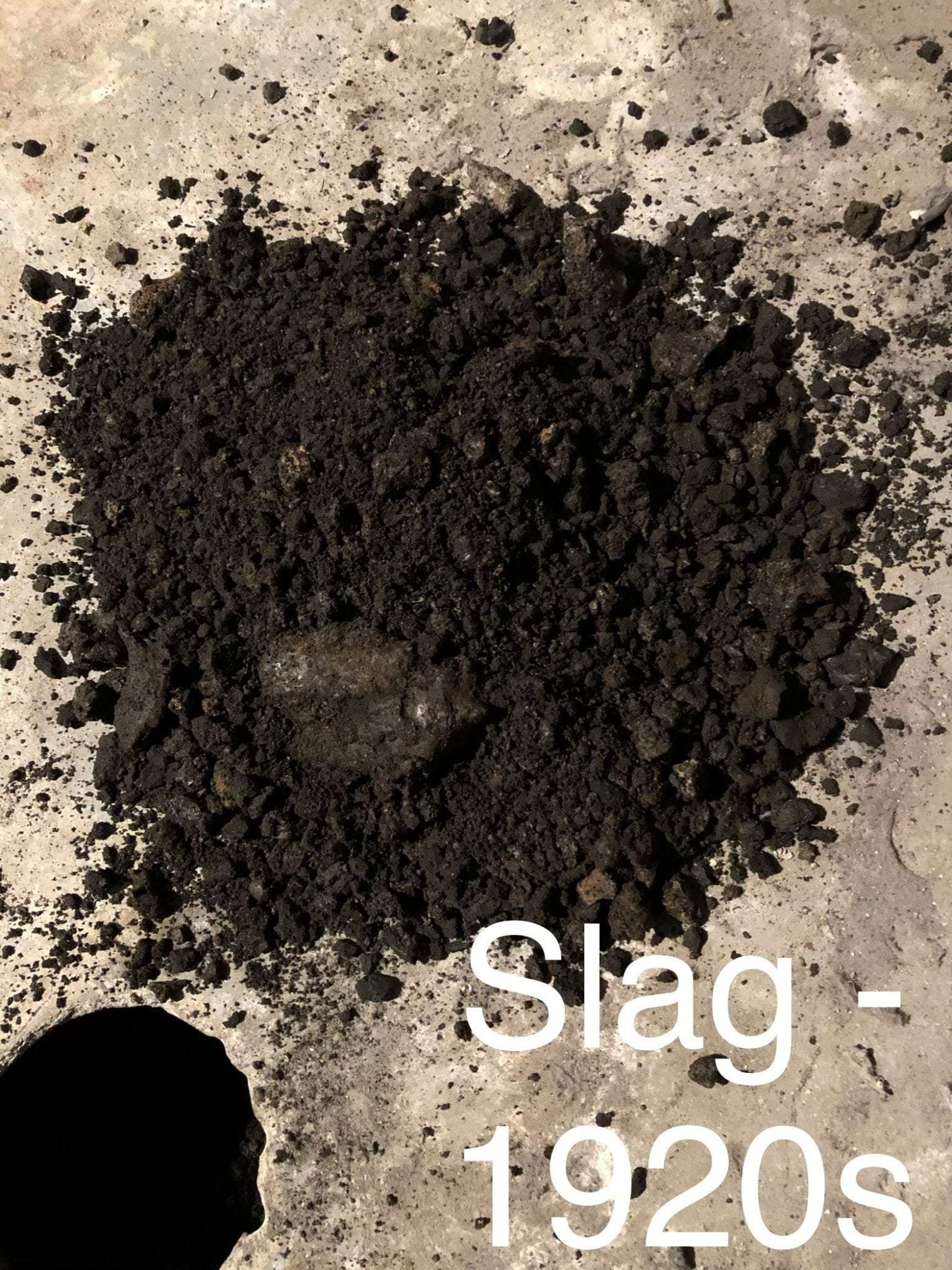What’s Under Your Slab?
When you’ve drilled into as many slabs as I have, you learn that not every house has the same material under the concrete pad. Have you ever even considered what’s under your house? In other words, what did the builder do before the slab was poured? The answer is – It could be one of many things. If you know the year the home was built, I could probably give you a really good guess.
Chances are, if the home was built from 1970-ish to present, there is gravel/aggregate rock under there. That is far from a certainty, given that inspections are more rigorous these days. Still, that doesn’t mean that sometimes it falls through the cracks. Almost everywhere, it is code to pour a minimum of 4” of aggregate rock, but it sometimes (much to the dismay of us radon guys) it doesn’t happen. This can take a run-of-the-mill radon reduction job and make it extremely difficult.
What should be under your slab?
So, here’s how it should go if the builder does it correctly: The earth is graded flat and compacted. After that, gravel is spread evenly on the earth and a plastic vapor barrier over the rock. This prevents wet concrete from seeping down into the loose gravel and keeps moisture from coming into contact with the underside of the slab. Finally, the concrete is poured (usually a minimum of 4” – 5”) and left to cure. The main reasons for this technique is to allow water to drain away from the foundation walls, prevent settling and keeping the slab from cracking.
The reason radon reduction systems work so well when installed on a properly prepared slab or basement home is that air travels very easily through this rock. It’s good for the homeowner, good for the installer and good for the installed radon fan.
Radon reduction fans don’t like to work too hard and need air to keep them cool. This is optimal for assuring a radon system will work the way we want it to. Now, the problem is not all homes are built this way.
Older homes rarely have gravel underneath…
In fact, the farther back in time you go, the more likely gravel is NOT under your slab… Especially pre-1970 (approximately). I have seen homes built as far back as the 20’s that have some sort of rock / stone / slag under the slab… which is always a relief for me because I know I can feel good about guaranteeing the system and that it will actually work as intended.
The most common material to find under a concrete slab other than crushed stone is compacted dirt and clay. As you can imagine, trying to draw air through dirt is much harder than loose gravel. This is absolutely the single-most frustrating part of being in the radon business. This is when experience and knowledge is crucial for fixing the problem and when lesser-experienced installers want to turn and run. You have to be able to explain to your client why traditional methods may or may not work, and also have a backup plan (or two). Some of these methods I will explain in upcoming posts.
Getting back to it … What can you find under your slab? It will generally be one of four things.
Dirt / Clay
Aggregate Rock
Sand
Slag
Around here in Tennessee, you don’t see too much sand. In fact, I can count on one hand out of thousands of homes the number of times I’ve seen sand. With sand, you can forget about a traditional radon system. It is so tight that it’s pretty much impossible to draw air through. It’s a great way to burn up a fan in no time, resulting in frequent replacements… meaning higher costs.
What is Slag?
Slag is almost as rare, but I’ve seen it a lot more frequently than sand. Generally, slag is in very old homes (1920’s – 1930’s) and is intended to accomplish the exact same thing as contemporary methods of using crushed rock. You might be asking yourself, “what is slag?” Slag is pretty interesting. It’s a byproduct of steel smelting and the particles are small and black. It can almost be confused for dark soil, but when you feel it you can tell it’s certainly not earth.
I wish I could talk to a home builder from back in those days to find out some more details on why slag was used. Where did they buy it, how cost effective was it and what were the reasons they simply didn’t pour the slab on dirt?
I can tell you that most builders don’t do extra work for nothing. That’s the reason there are inspectors during every phase of home-building. If there weren’t inspections, homes would generally be built of very questionable quality and workmanship for the sake of saving money. So, for me personally, I find slag to be quite interesting.
In a later blog post I will write about techniques for mitigation in homes that have dirt under the slab. More difficult – yes. Impossible – no.
As always, feel free to reach out with any questions!
-The Radon Guys


